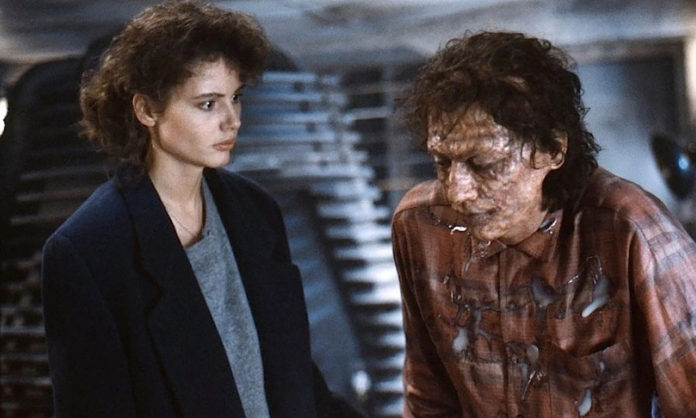Caitlin Starling continues making the rounds to promote her book The Death of Jane Lawrence, most recently appearing in CrimeReads with an article about body horror, which can be used to add flavor to your horror or mystery tale or can be extended into a sub-genre all its own.
A gothic horror novel set in post-war England, Jane Lawrence features gory surgeries, physical deformities, wedding rings made of human bone, and other creepy details, and Starling says there’s a reason the violation of the body freaks readers out. “We all have bodies, and the entry fee of being embodied is the certainty—not the risk, the certainty—that eventually, something will go wrong with it,” she explains. “We will lose control of it, we will suffer indignities large and small, we will at some point (at multiple points) have to redefine what it is to be ourselves as our bodies change in ways we can’t predict.” Even predictable life events such as aging, growth spurts, and pregnancy can have upsetting consequences, she adds.
While some readers love gut-wrenching detail, others may be turned off by too much torturing of the body. “The trick is in finding the right balance for the story at hand,” Starling says. “Too much, and you risk readers shutting down, or becoming desensitized. Too little, and it can be jarring, out of place when it does crop up.”
Importantly, Starling notes that when a writer explores body horror – either through physical infirmities or as the result of outside action – there’s a good chance they will encounter a reader who has experienced something similar. “Body horror isn’t abstract,” she says. “People live with it, every day, sometimes for only a brief period, sometimes for their entire life. There’s a huge difference between living with it, and seeing it from afar and fearing the threat of it.” She cautions writers to be aware of relying on ableism to create horror, either by devising physically disabled villains or crushing a character’s spirit by giving them a disability.
To avoid seeming insensitive or relying on cliches, Starling advises writers to explore the experience of the body horror itself, rather than simply using it for shock. She shares a personal health story in which the pain and trauma of a physical ailment was more manageable than the feeling that she’d lost control of her body. Exploring those feelings in your character can give you more insight, help you avoid exploitation, and create a stronger reaction in your reader, as you’re more likely to get under their skin. “Body horror is powerful because it is personal,” she concludes.












